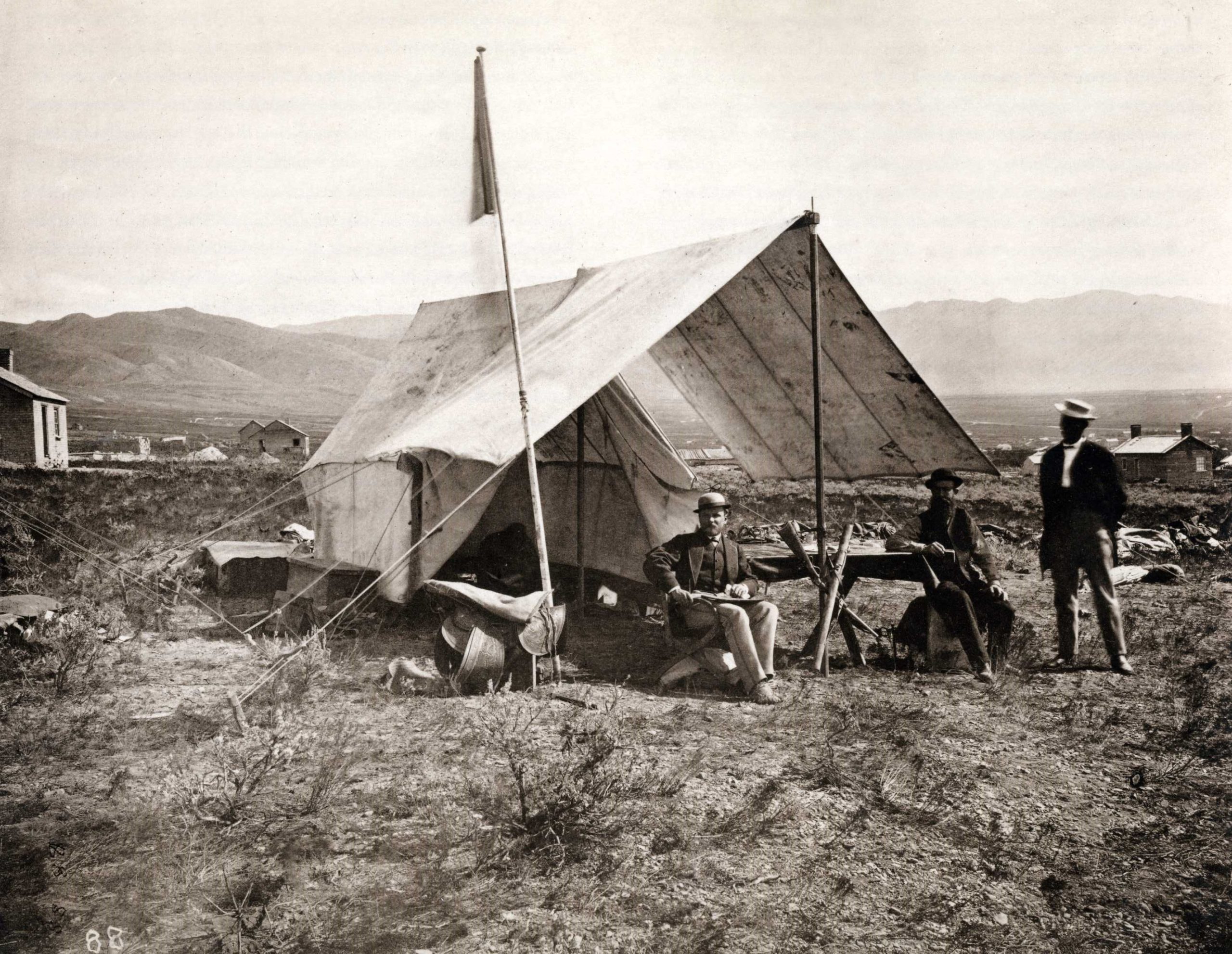In our economic and historical review, we present the story of how a swindler from Kentucky and his companion committed one of the most spectacular frauds of the era of the Wild West – until it was revealed by a man of science. It is a strange story, rich in intrigue and twists and turns, from the American heroic era, when the famous gold rush in California stirred up a large number of adventurers and money seekers. This chapter is perhaps less well known, however, as it does not focus on gold but rather on diamonds.
The California Gold Rush of 1848, and soon after, the Silver Nevada Fever of 1859, awakened a desire for adventure and greed in many people. Deposits of precious metals on the Pacific coast drew dozens of fortune hunters to the then unknown Wild West. From the poor, poor prospectors for gold laundering land in the thousands of West Streams to the bankers and speculators in San Francisco, New York and London, everyone seems to have accepted the idea that the western mountains (especially the Rocky Mountains) and river basins hide plentiful precious metal treasures.
From Silver Mountains to Fraud
The Tucson Weekly Arizonian Declaration, published in April 1870, is a good example of the mood of those years: We have found the greatest treasures the continent has ever discovered, and without a doubt the greatest treasure the human eye has ever seen! ” The advertisement referred to a mine recently discovered in the pyramids in New Mexico, which Silver MountainsThey were named. Bankers became a popular destination, miners demanded a share of the gems they hoped to extract here, investors sought capital in distant cities, and surveyors established a nearby town.
At about the same time, news came of a diamond hair strike in South Africa, which aimed to have the third largest diamond stock in the world. This site was found near the Indian city of Golconda and was discovered by the Portuguese in Brazil in the 18th century. a century ahead of it in terms of size.
Tales of diamonds, sapphires, and other gemstones that can be extracted directly from the earth—primarily distributed by two fur hunters, Jim Bridger and Kate Carson—have prompted many to soon search for gems in Arizona and New Mexico, where the terrain, like an avid dreamer, They were similar to South Africa.
During the gold rush, one or two exotic diamonds had actually been mined from an area, such as near Placerville, California. The government geologist was wise about this phenomenon: “While it may not be worthwhile to look for diamonds, it is always worthwhile to pick them up if you find them by chance.”
These circumstances created what was considered an unmissable opportunity for the grand diamond fraud, brilliantly played by two rogues from Kentucky, where, among other things, Also in attendance were California’s top bankers and businessmen, the former commander of the Union Army, the United States representative, the chief coastal attorneys, and the founder of Tiffany & Co. The San Francisco Chronicle in 1872 described the plan as “the most gigantic and faceless scam of the era,” but it was also remarkable for the way it was folded and its colorful characters. Not only did it introduce him to the geologist whom Theodore Roosevelt later befriended and admired, but it also gave hope to the desperate American public that honest science could at least sometimes triumph over deceit and greed.
The story is just beginning, on the second page you can get to know the two main characters! Please scroll!












































